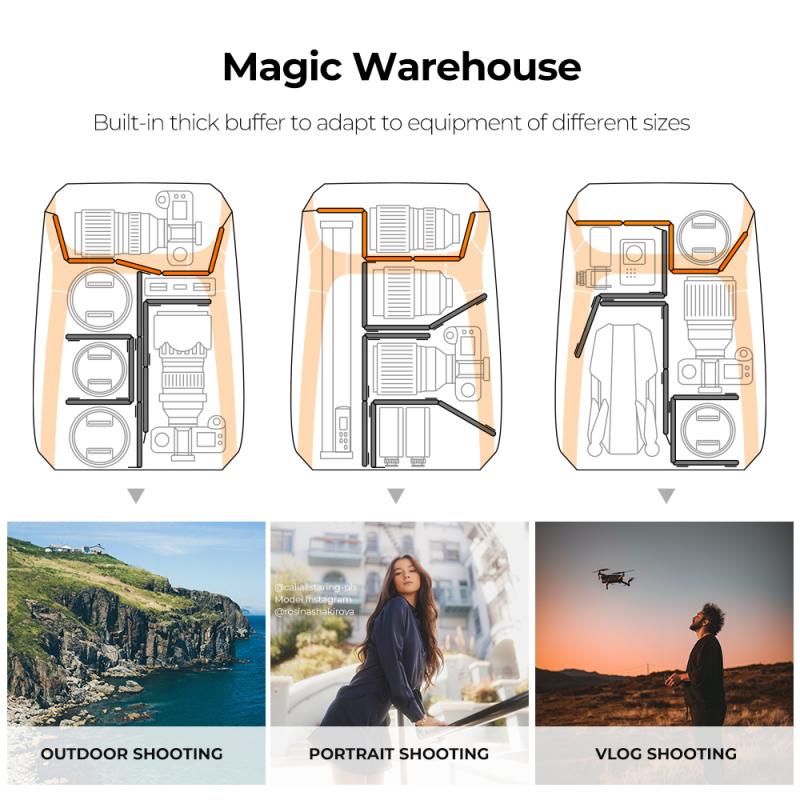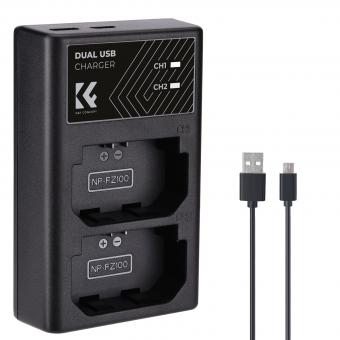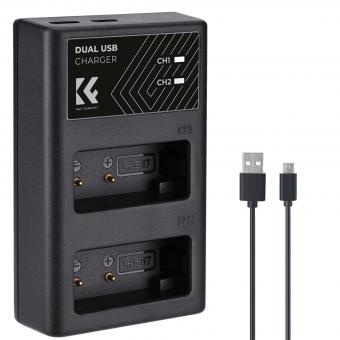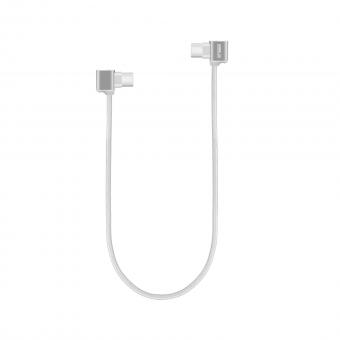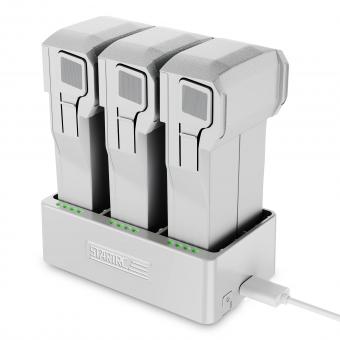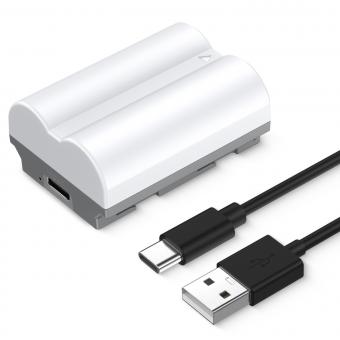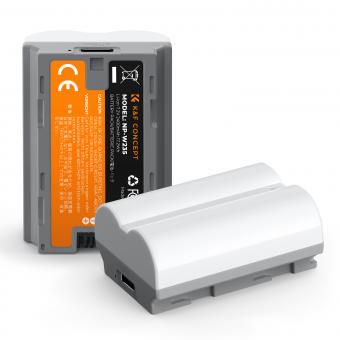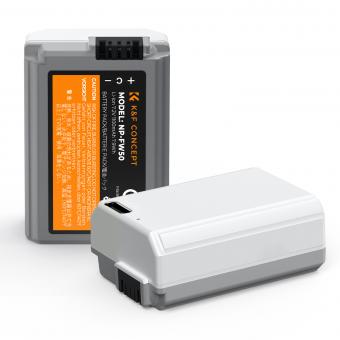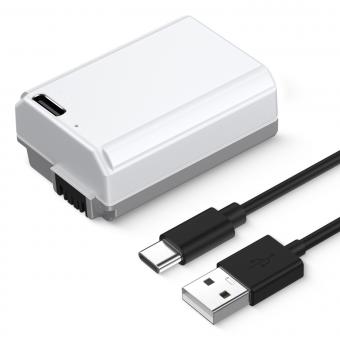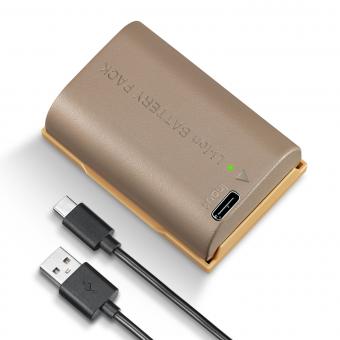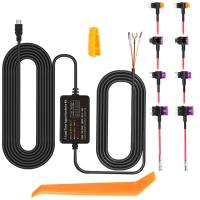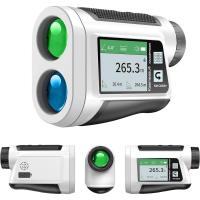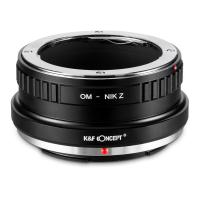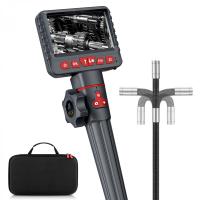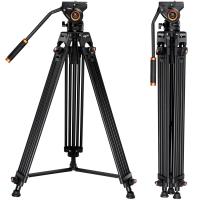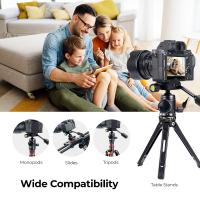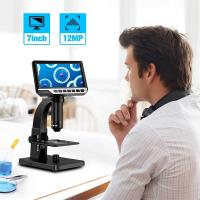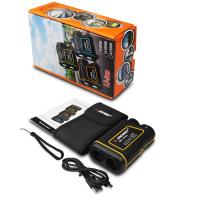Which Type Of Cctv Camera Is Best ?
The best type of CCTV camera depends on the specific requirements and needs of the user. There are various types of CCTV cameras available, each with its own features and advantages. Some common types include dome cameras, bullet cameras, PTZ cameras, and thermal cameras. Dome cameras are popular for their discreet design and wide coverage, while bullet cameras are known for their long-range visibility. PTZ cameras offer the ability to pan, tilt, and zoom, providing flexibility in monitoring. Thermal cameras are effective in detecting heat signatures and are often used for surveillance in low-light or dark environments. Ultimately, the best type of CCTV camera will depend on factors such as the desired coverage area, lighting conditions, budget, and specific surveillance needs.
1、 Resolution: High-definition vs. standard-definition CCTV cameras
When it comes to choosing the best CCTV camera, one of the key factors to consider is the resolution. The resolution of a CCTV camera determines the clarity and level of detail captured in the footage. There are two main types of resolutions available in CCTV cameras: high-definition (HD) and standard-definition (SD).
In recent years, HD CCTV cameras have gained popularity due to their superior image quality. HD cameras offer a resolution of 720p or 1080p, providing clear and sharp images. This high level of detail is crucial in identifying faces, license plates, or other important details in the footage. HD cameras also have better low-light performance, allowing for clearer images in challenging lighting conditions.
On the other hand, SD CCTV cameras offer a lower resolution, typically around 480p. While SD cameras may be more affordable, they lack the level of detail and clarity provided by HD cameras. The lower resolution can make it difficult to identify individuals or objects in the footage, especially when zooming in.
However, it is important to note that technology is constantly evolving, and newer advancements are being made in CCTV cameras. For instance, there are now ultra HD (4K) CCTV cameras available in the market, offering even higher resolution and greater detail. These cameras are particularly useful in scenarios where capturing fine details is crucial, such as in large areas or for facial recognition purposes.
In conclusion, when it comes to resolution, HD CCTV cameras are generally considered the best option due to their superior image quality and level of detail. However, it is worth keeping an eye on the latest advancements in CCTV camera technology, as newer options like ultra HD cameras may offer even better performance in the future.

2、 Camera type: Dome, bullet, or PTZ CCTV cameras
When it comes to choosing the best type of CCTV camera, it ultimately depends on your specific surveillance needs and preferences. Each camera type - dome, bullet, and PTZ - has its own advantages and considerations.
Dome cameras are popular due to their discreet design and 360-degree coverage. They are often used in indoor settings such as offices, retail stores, and homes. Dome cameras are less noticeable and can be mounted on ceilings, making them difficult to tamper with. They also offer a wide field of view, making them suitable for monitoring large areas.
Bullet cameras, on the other hand, are more visible and are often used for outdoor surveillance. They have a longer range and are ideal for monitoring specific areas such as parking lots, entrances, and perimeters. Bullet cameras are weatherproof and can withstand harsh conditions, making them a reliable choice for outdoor security.
PTZ (Pan-Tilt-Zoom) cameras offer the most flexibility and control. They can be remotely controlled to pan, tilt, and zoom in on specific areas of interest. PTZ cameras are commonly used in large-scale surveillance applications such as airports, stadiums, and city surveillance. They allow operators to actively track and monitor subjects, providing real-time situational awareness.
In terms of the latest point of view, advancements in technology have led to the integration of various features in CCTV cameras. Many cameras now offer high-definition resolution, night vision capabilities, motion detection, and even facial recognition. It is important to consider these features when selecting a CCTV camera, as they can greatly enhance the effectiveness of your surveillance system.
Ultimately, the best type of CCTV camera depends on your specific requirements. Consider factors such as the location, purpose, and desired features to make an informed decision. It is also advisable to consult with a professional security provider who can assess your needs and recommend the most suitable camera type for your surveillance needs.
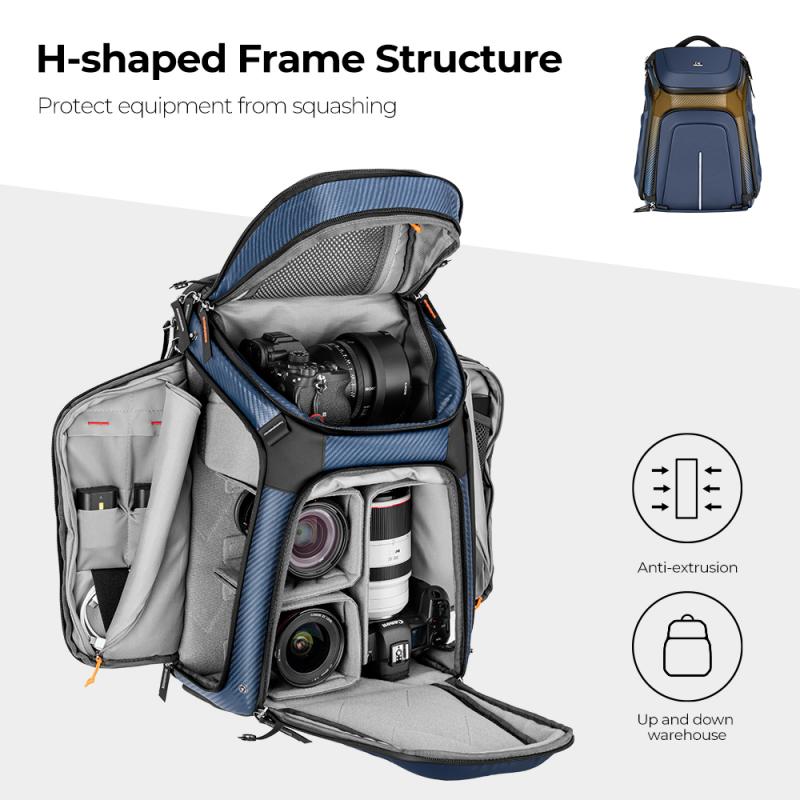
3、 Connectivity: Wired vs. wireless CCTV cameras
When it comes to choosing the best type of CCTV camera, one of the key factors to consider is the connectivity option: wired or wireless. Both options have their own advantages and disadvantages, and the choice ultimately depends on the specific requirements of the surveillance system.
Wired CCTV cameras are known for their reliability and stability. They are connected to the recording device through cables, ensuring a consistent and uninterrupted signal transmission. This makes them ideal for long-term installations and areas where a constant and secure connection is crucial. Additionally, wired cameras do not rely on Wi-Fi signals, which can be susceptible to interference or hacking attempts.
On the other hand, wireless CCTV cameras offer greater flexibility and ease of installation. They use Wi-Fi signals to transmit video footage, eliminating the need for extensive cabling. This makes them suitable for temporary installations or areas where running cables is impractical. Wireless cameras can also be easily repositioned or relocated as needed.
In recent years, wireless CCTV cameras have seen significant advancements in terms of technology and performance. The latest models offer improved signal strength, enhanced encryption protocols, and better resistance to interference. However, it is important to note that wireless cameras may still be vulnerable to signal loss or hacking attempts, especially if proper security measures are not in place.
Ultimately, the choice between wired and wireless CCTV cameras depends on the specific requirements of the surveillance system. For long-term installations or areas where security is paramount, wired cameras are often the preferred choice. However, for temporary installations or situations that require flexibility, wireless cameras can provide a convenient solution. It is advisable to consult with a professional security provider to determine the most suitable option based on the specific needs and constraints of the surveillance system.
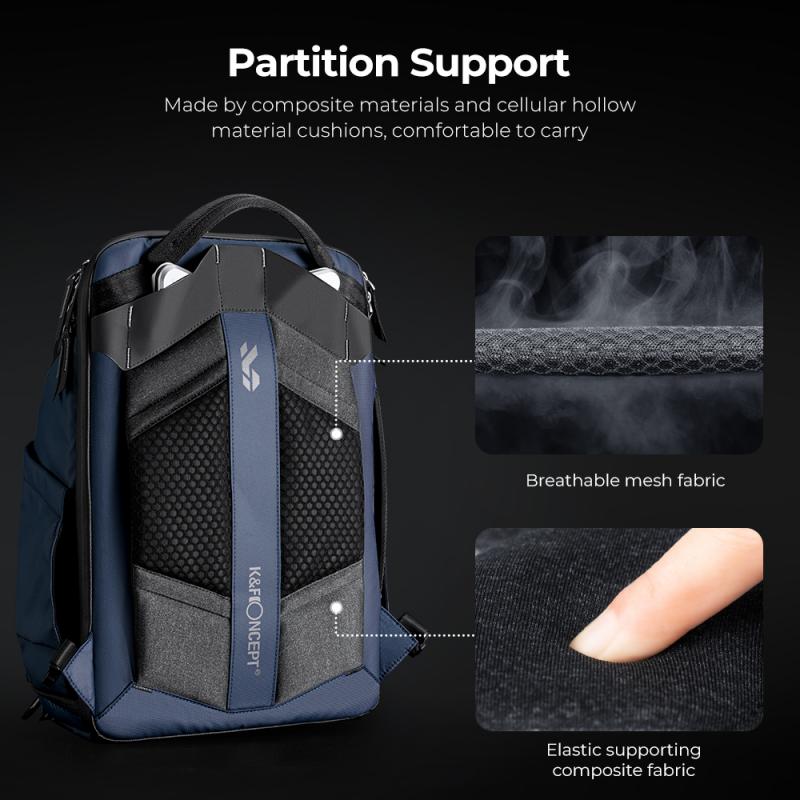
4、 Night vision: Infrared or low-light CCTV cameras
When it comes to choosing the best CCTV camera for night vision, the two main options are infrared (IR) cameras and low-light cameras. Both types have their own advantages and considerations, and the choice ultimately depends on the specific requirements of the surveillance area.
Infrared cameras, also known as IR cameras, use infrared technology to capture images in low-light or no-light conditions. They emit infrared light that is invisible to the human eye but can be detected by the camera's sensor. This allows the camera to produce clear images even in complete darkness. IR cameras are particularly effective in outdoor environments where there is no ambient light source. They are commonly used for perimeter surveillance, parking lots, and other areas that require constant monitoring during the night.
On the other hand, low-light cameras are designed to capture images in environments with minimal lighting. These cameras have highly sensitive sensors that can amplify the available light to produce usable images. Low-light cameras are ideal for indoor surveillance, such as in offices, warehouses, or homes, where there may be some ambient light present. They can also be used in outdoor areas with low levels of lighting, such as streetlights or moonlight.
In recent years, there have been significant advancements in both IR and low-light camera technologies. IR cameras now offer higher resolutions, longer range capabilities, and improved image quality. Similarly, low-light cameras have become more sensitive, allowing them to capture clearer images in extremely low-light conditions.
Ultimately, the choice between IR and low-light cameras depends on the specific requirements of the surveillance area. Factors such as the level of darkness, the distance to be covered, and the desired image quality should be considered. Consulting with a professional security provider can help determine the most suitable option for your specific needs.
